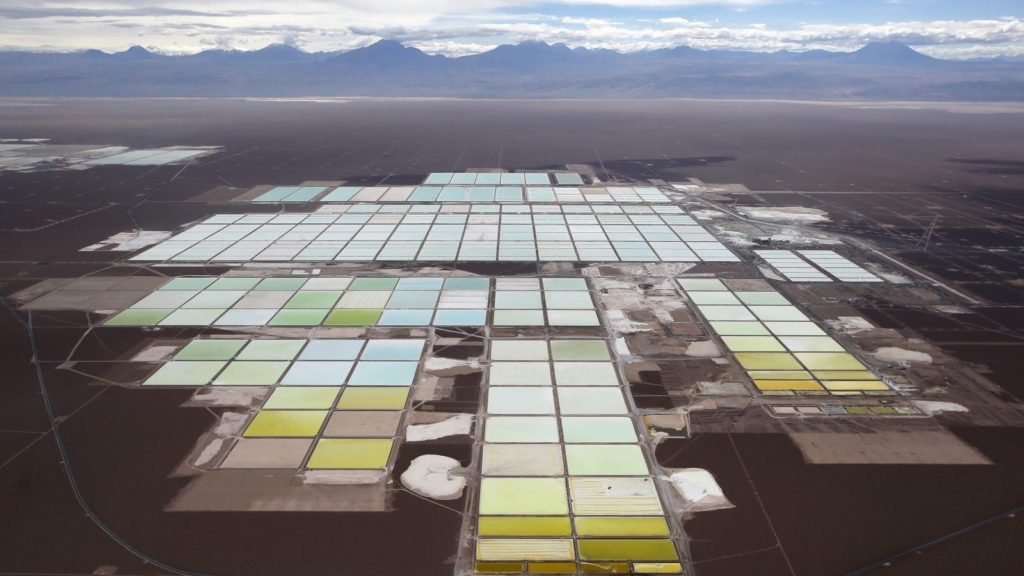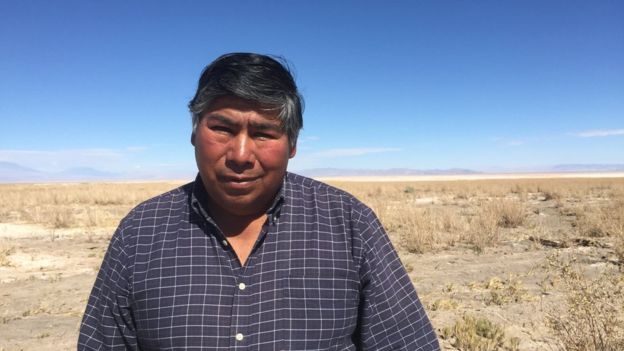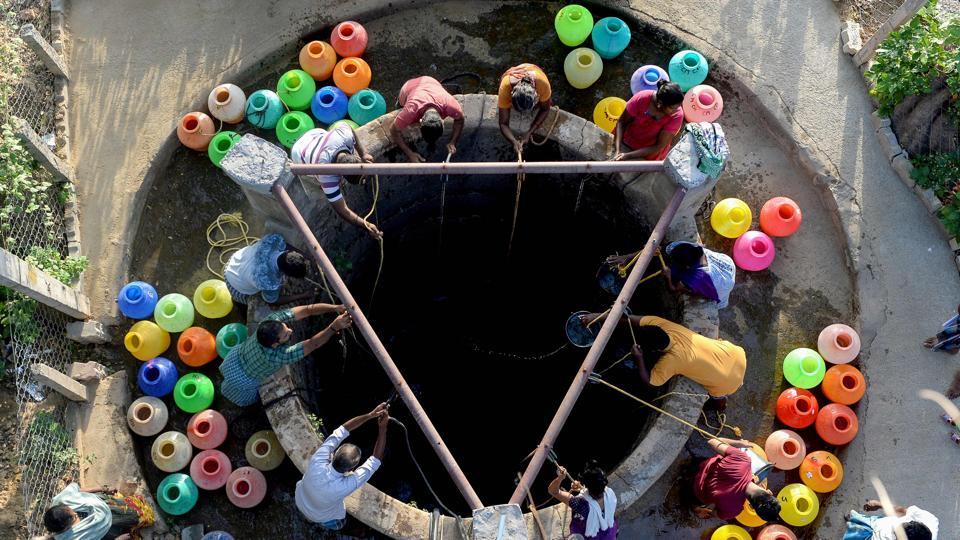Farmers in Chile losing freshwater battle with lithium mines – “We’ll be left here with no water, no animals, no agriculture – with nothing”

By Grace Livingstone
15 August 2019
SANTIAGO, Chile (BBC News) – Out of habit, Sara Plaza smiles when her photo is taken, but when she talks about what has happened to the land around her home, tears start to run down her face.
“There used to be beautiful lagoons down there, with hundreds of flamingos,” she says. “When they opened their wing, you’d see their pretty pink and black feathers. Now it’s all dry and the birds have gone.”
Peine, the dusty village where she lives in northern Chile, sits on a hillside by the Salar de Atacama, an enormous 3,000 sq km (1,200 sq mile) salt flat in the driest desert on the planet.
The birds have gone, we can’t keep animals anymore. It’s getting harder and harder to grow crops. If it gets any worse, we will have to emigrate.
Jorge Cruz, a farmer in the village of Camar, Chile
Sara says that the villagers used to graze their animals on pastures on the edge of the Atacama, beneath the giant Andes mountains.
“It used to be so green, now it’s just hard, cracked ground. We can’t keep llamas anymore,” she laments.
Sara says that lithium mining on the Atacama is using up all the fresh water in the region’s aquifers – layers of porous rock beneath the soil which act as stores of water.
Lithium, a soft, silvery-white metal is used to make batteries for smartphones, laptops, and electric cars. Demand has soared in recent years, with global output rising three-fold since 2005 to 85,000 tonnes in 2018, according to the US Geological Survey.
Chile is the world’s second-largest producer after Australia, with an output of 16,000 tonnes last year, all from the Atacama. Valued at $949m (£785m) this was a 38% rise on 2017.
There are currently just two companies mining lithium here – a US firm, Albemarle, and Chile’s own SQM. [cf. SQM receives Chile’s approval for lithium plant expansion. –Des]
Beneath the salt flat is an enormous natural underground reservoir of salty water that contains dissolved lithium salts. To extract this, the miners pump this brine to the surface, and allow it to evaporate in the sun, leaving the lithium carbonate to be scooped up. This salt can then be turned into metallic lithium.
While there are continuing concerns about the impact the extraction of this salt water is having on the wider ecosystem, including the claims that the flamingos’ salt water lagoons are drying up, the most pressing issue for Sara and other locals is that the mining firms are also accessing fresh water supplies.
They need the fresh water to clean machinery and pipes, and also to produce an auxiliary product from the brine – potash – which is used as a fertiliser.
Standing among yellowing tufts of grass that used to be pasture lands Sarah – who monitors water supplies for her indigenous community – points out a small pumping station that draws up underground fresh water and pipes it to the lithium mines.

About 40km (25 miles) further north, Jorge Cruz grows maize and alfalfa on a small plot of land in the village of Camar, another indigenous community near the salt flat.
He says that if the mining companies continue to use fresh water at the current rate his village will not survive.
“The birds have gone, we can’t keep animals anymore,” he says. “It’s getting harder and harder to grow crops. If it gets any worse … we will have to emigrate.” […]
“The [current] level of water extraction is causing real harm to the ecosystem and nearby communities,” says Gonzalo Pimentel of the Atacama Desert Foundation, a non-profit institution supporting local communities. […]
Sara is fearful. “We’ll be left here with no water, no animals, no agriculture – with nothing.” [more]



